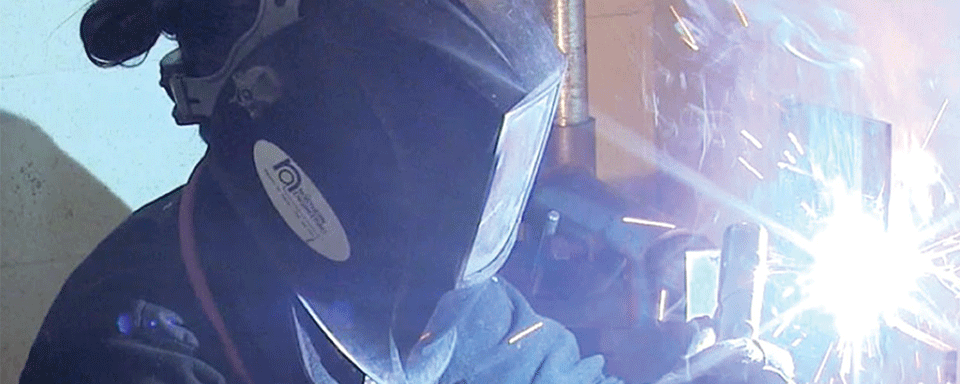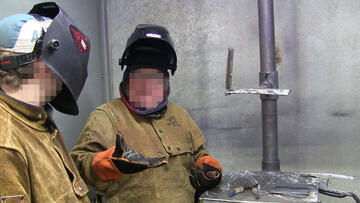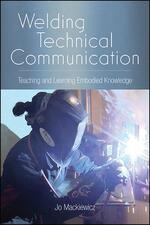
The Limits of Online for Hands-On Skills
Guest Post by Jo Mackiewicz (SUNY Press Author)
Many have discussed the challenges associated with the 2020 shift to online teaching, though perhaps no one felt these challenges more acutely than those tasked with teaching embodied knowledge. Consider the educators responsible for teaching medical and veterinary procedures, art techniques, or science laboratory skills. All of these domains require in-person instruction. The same is true for many classes taught in career and technical education programs: culinary arts, automotive and diesel engine maintenance, fabrication, tool and die manufacturing, and welding.
Students in such programs develop embodied knowledge–a “felt sense” for what works and what does not. As they move toward expert perception, they develop the ability to see, hear, feel/touch, smell and, in some cases, taste as experts do. In other words, teachers in such programs scaffold students in the kind of knowing that is physical as well as mental, which develops through and resides throughout the body as well as the mind.
My book, Welding Technical Communication: Teaching and Learning Embodied Knowledge, investigates the teaching strategies that welding instructors at three community colleges used to develop their students’ embodied knowledge.
The book examines both verbal and visual strategies. Some verbal strategies include:
- suggesting (e.g., “You might notice you can run it hotter and a higher wire speed”)
- explaining (e.g., “Because it takes longer to get hot”)
- pumping questions (e.g., “Can you hear that whooshing sound?”)
- and praising (e.g., “But most of it looks good”).
Visual strategies include four types of gesticulations, or idiosyncratic and spontaneous hand and body movements that typically accompany spoken language. Verbal strategies can be combined with visual ones, such as when demonstrating (often a combination of describing and explaining).
For example, metaphoric gesticulations present abstract concepts–like temperature–as if they had concrete form. The welding instructor in the photo is combining metaphoric gesticulation and a telling strategy to refer to raising the amperage and the voltage while saying, “Then you want to start to take that temperature up.”
But the book isn’t limited to academic discourse; it also includes my own experience as a woman in a welding program. From my initial night classes through receiving my welding diploma and ultimately finding a position, I discuss the many frustrations (and occasional joys) of developing the embodied knowledge of welding. By attending to and reacting to instructors’ teaching strategies and repeated practice, students like me can move toward that felt-sense of what is right and what is wrong.
My experience, both personally and in compiling the work for this book, has made it clear that there are limitations to what can be managed through online learning. While such courses can deliver conceptual knowledge, they can’t provide the embodied knowledge that constitutes so much of the expertise in domains like welding. Students must be able to perceive the relevant environment–the animal, the engine, the ingredients, the metal–with their own senses, their own bodies.
Though this book was written to examine the ways welding teachers used various combinations of teaching strategies to scaffold students learning, reflecting on the experience of acquiring a welding diploma in part during the COVID-19 pandemic has raised a critical question that does not yet have an answer. How can teachers and administrators more safely and efficaciously maintain students’ embodied learning during the next pandemic?
Jo Mackiewicz is Professor of Rhetoric and Professional Communication at Iowa State University.



